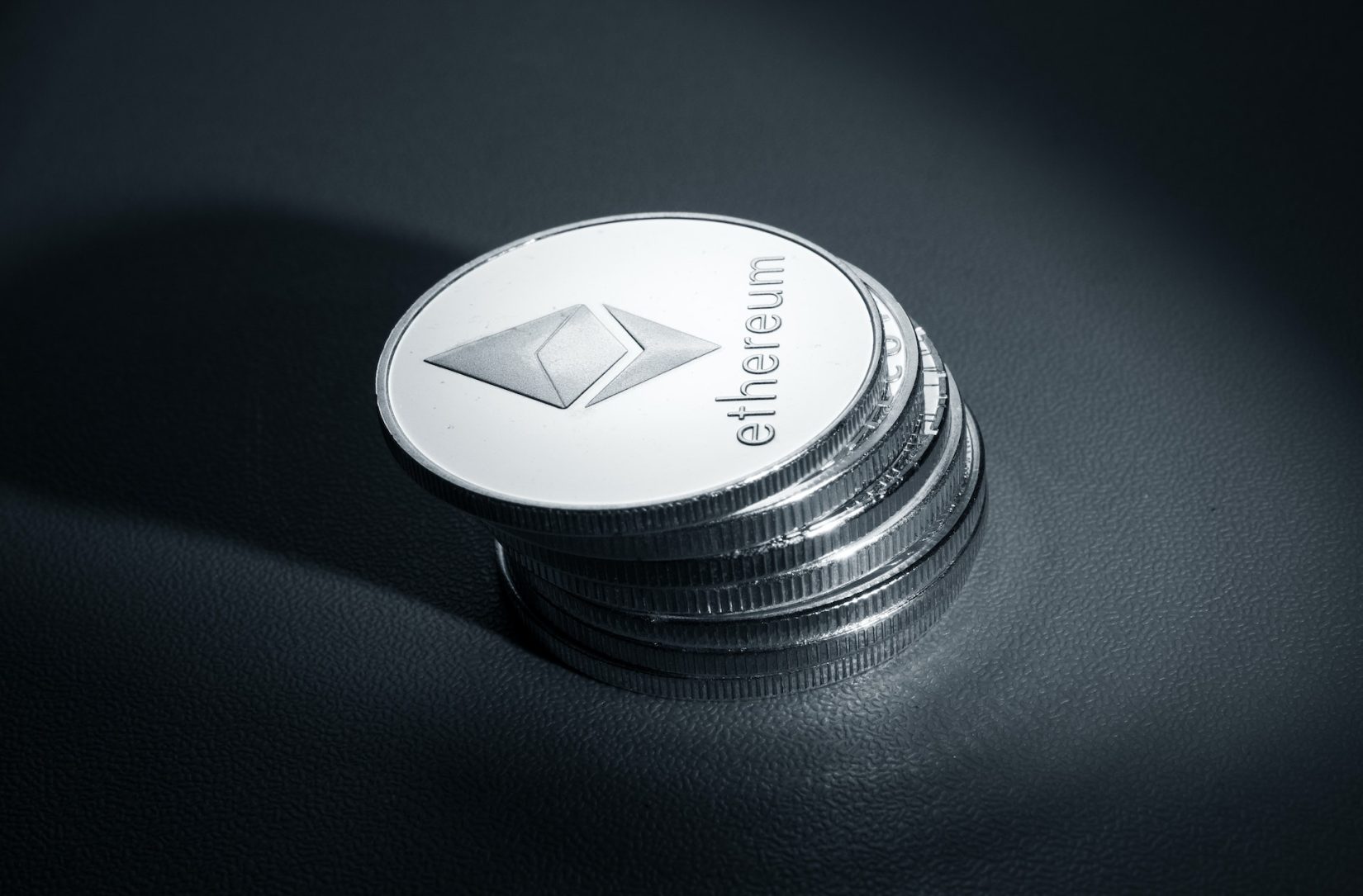Ethereum may be the second-largest cryptocurrency by market capitalization and one of the most exciting projects in the blockchain space. It is also a project that has its origins in software development efforts in the 1990s.
To fully appreciate the brilliance behind the real backbone technology that made Ether (the most prominent cryptocurrency from the project) possible, we must take a trip back in time.
How a Project Became A World-Changing Technology

The first version of Ethereum was released in 2015 as a software development kit (SDK) with the goal of enabling developers to build decentralized applications (dApps) on top of it.
Since then, Ethereum has been enormously successful, with numerous apps built on top of it, including CryptoKitties, which at one point accounted for nearly 25% of all transaction activity on Ethereum and drove widespread interest in digital tokens again.
From an outsider’s perspective, it may appear as if Ethereum sprung fully formed from nowhere with all its current capabilities and features. In reality, its creation and evolution are connected to many other projects that came before it.
What is Ethereum?

Ethereum is a decentralized software platform that runs smart contracts. A smart contract is code that can be programmed to execute certain conditions and no one, not even the people who wrote the code, can alter it’s terms or stop it from running.
Because of the way it is designed, Ethereum is also known as a “world computer”. The Ethereum network is made up of thousands of computers that are spread across the planet. Ethereum is also a cryptocurrency, and the network also functions as a distributed virtual machine for running decentralized applications.
Decentralized applications are apps that run on the blockchain with no central authority controlling them. Applications built on top of Ethereum run on a distributed network of computers and are programmed to run exactly as programmed with no possibility of censorship, fraud, or third-party interference.
How Did Ethereum Come to Be?

The story of Ethereum begins with Bitcoin. The creation of Bitcoin, the world’s first decentralized cryptocurrency and payment network, is widely credited to be the work of a person or a group of people using the pseudonym Satoshi Nakamoto.
Whether Nakamoto is a real person or a group remains unknown. In 2008, Nakamoto published a paper describing a new kind of digital money that could be transferred peer-to-peer without a trusted third party like a bank.
The system was created to work as a decentralized network where participants would run nodes to help keep the network running and would be rewarded for their work in newly created bitcoins. This network is what we know today as the blockchain. The blockchain is a digital ledger where transactions are recorded chronologically and publicly.
The blockchain enables these digital currencies to be decentralized, trustless, and censorship-resistant. Bitcoin is the first and most popular decentralized blockchain network.
Why Was Ethereum Created?

While Bitcoin was the first cryptocurrency and introduced many people to the concept of decentralized networks, it also had its limitations. In 2013, Vitalik Buterin, a 19-year-old programmer and cryptocurrency enthusiast, wrote a critique of Bitcoin.
In his essay, Buterin argued that Bitcoin’s design made it difficult to transition to a general-purpose, widely-used decentralized network. To make his point, Buterin outlined a series of desired improvements to Bitcoin’s design and functionality.
In response to Buterin’s essay, a group of programmers and researchers met in Miami, Florida, in January 2014 to discuss and debate the future direction of blockchain technology. The meeting resulted in a new blockchain project called Ethereum. The goal was to create a blockchain network that would be as general-purpose as possible.
The DAO, a Dangerous Experiment, and the Birth of Ethereum
The DAO (Decentralized Autonomous Organization) was a complex smart contract on Ethereum that functioned as a decentralized venture capital fund. It was designed to take in investor money in the form of Ether and then invest that money in other Ethereum projects.
Investors could then use The DAO’s internal voting system to vote on which projects to fund. The DAO was a revolutionary idea and received a lot of media attention, including from people as prominent as Elon Musk.
How secure is this new Blockchain tecnology?

Well.. this new technology was complex, and in April 2016, hackers exploited a flaw in The DAO’s system to steal $50 million worth of Ether. The Ethereum community was faced with a choice.
They could try to fix the code and return the stolen Ether to their rightful owners, or they could just rewrite the code and erase the hack completely. Ethereum’s core development team decided to do the latter: they decided to fork the network and create Ethereum Classic and Ethereum.
Ethereum’s core development team saw this hack as a warning. They believed that blockchain networks shouldn’t be completely immutable and that they should be able to roll back and rewrite the blockchain if a bug or flaw is discovered.
Ethereum Classic and the DAO Fork
The DAO Fork was a momentous event in the history of Ethereum and cryptocurrencies in general. The core team of Ethereum developers and the community debated whether to fork the blockchain and create Ethereum Classic (ETC) or to patch the network and create Ethereum (ETH).
Ethereum Classic is the original Ethereum blockchain, which was forked at the time of the DAO hack and was not rewritten. This is the opposite of Ethereum, which was rewritten and not forked. Ethereum is a blockchain that has been rewritten and has a different history than Ethereum Classic. ETH has a different set of smart contracts and a different history than ETC.
Ether: The Fuel that Runs Ethereum

The native asset of the Ethereum network is called Ether, and it is used as fuel to power the network. Ether was issued during the network’s initial launch in a crowdfunding campaign where users purchased the asset in exchange for Bitcoin.
Every day, new blocks are created on the Ethereum network and are added to its public ledger, the blockchain. Ether’s function is to pay for computing power to run smart contracts.
The computers in the Ethereum network run software that powers these smart contracts. As they do this work, they receive a reward in the form of newly created Ether. Each day, more and more Ether is created and added to the network.
Ether’s issuance is programmed to slowly decrease over time. It is expected that the last Ether will be created in approximately 100 years.
Where do we go from here?
The story of Ethereum is the story of an ambitious project that sought to do nothing less than create a new world computer. To achieve this, Ethereum’s creators had to solve numerous technical challenges and build a system that could run applications on a global scale.
Ethereum’s creation and evolution are connected to many other projects that came before it. Ethereum is a product of a larger software engineering effort to create decentralized networks that can function as a world computer.


